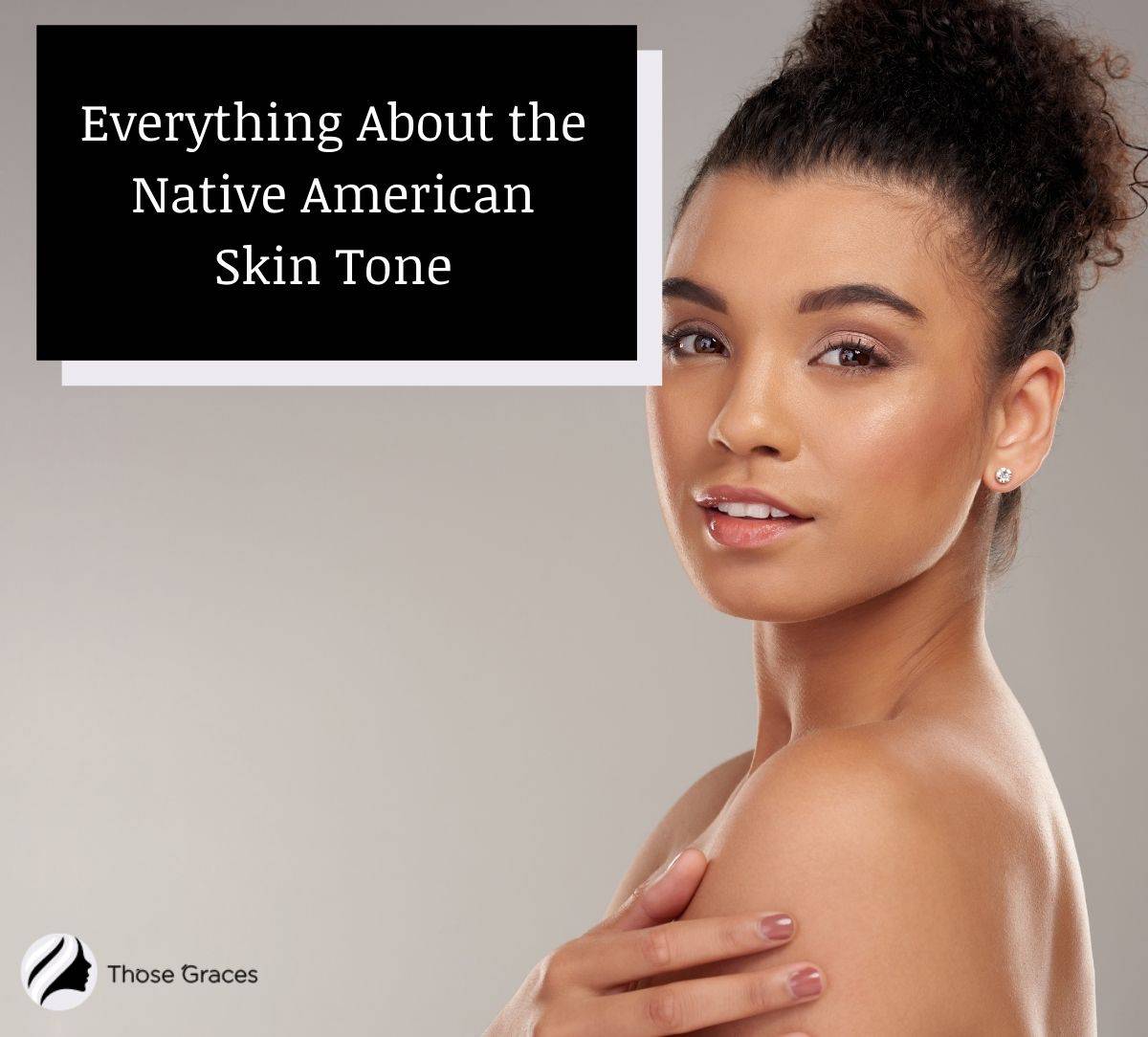Out of all of the different skin colors on the planet, it seems that people are often most confused about the Native American skin tone.
Since the term “Native American” encompasses so many tribes from all over the US, it’s easy to get a little lost trying to figure out exactly what it means.
Don’t worry, though, I’ll break it all down for you below, and help you shop for the best skincare products for YOUR skin tone!
Let’s dive right in, shall we?
Check out this: What colors look best on olive skin
What is Native American Skin Tone?
To understand the native American skin tone better, let’s go back in time to a dark period during American history.
The 1600s-1800s was a period when most of North America was colonized by the British. The light-skinned colonizers compared the Native American tribes to Indians (as in, from India).
These indigenous people were spread throughout the continent in different tribes. All these tribes had slightly different skin tones.
So, to generalize their skin color, the colonizers referred to them by the very derogatory term, “Red Indians,” due to the reddish undertone tint to their skin.
In reality, the native American skin tone is more on the light brownish side rather than red.
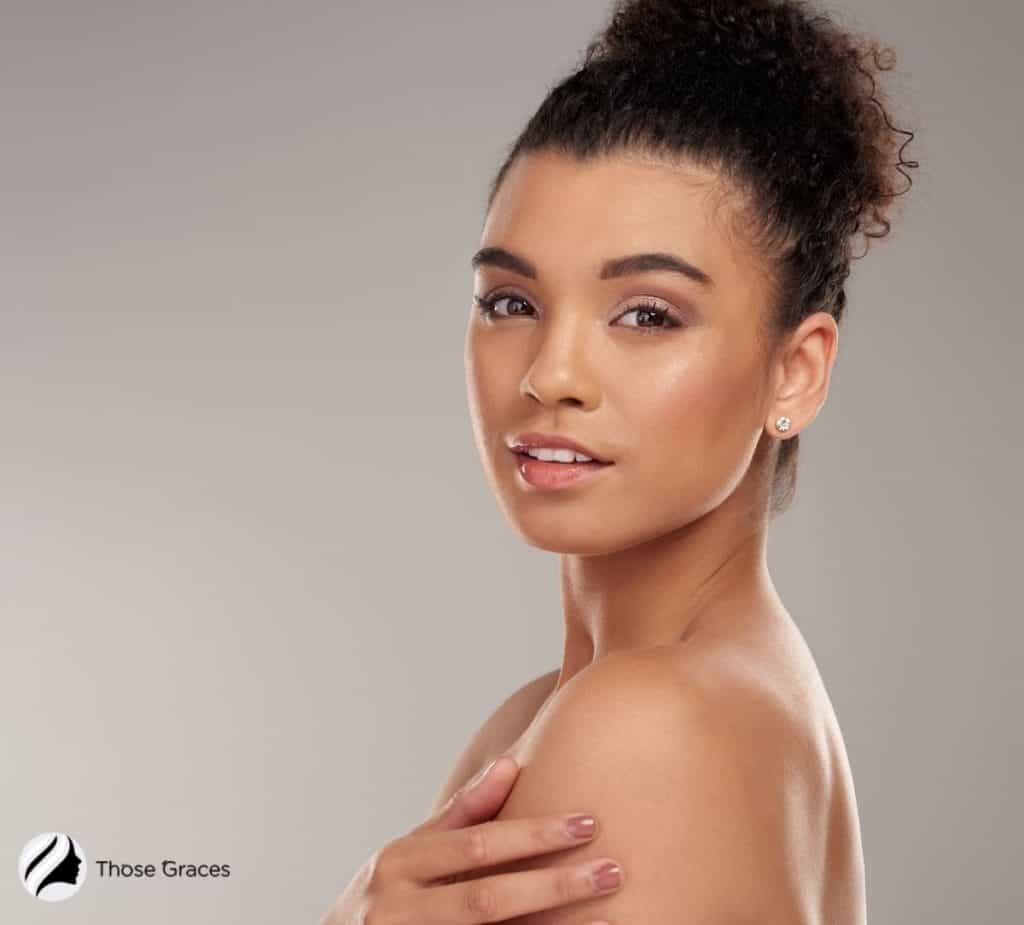
Many experts and historians say that it ranges from orange to red to peachy and brown, depending on tribe and person. [1]
America has people with all skin tones today. But the easiest way to spot someone with a Native American skin tone is to look for that awesome olive skin with deep caramel undertones.
How to Determine if You Have a Native American Skin Tone
There are two easy methods of determining whether you have an American skin tone or not.
But before we dive right into these methods, let us understand the difference between the words skin tone and complexion.
These terms are not interchangeable by any means, but often one is substituted for another.
Skin tone- Skin tone stands for the natural coloring of your skin. This is genetic and seldom changes. This is the true color of your skin under the tan and makeup.
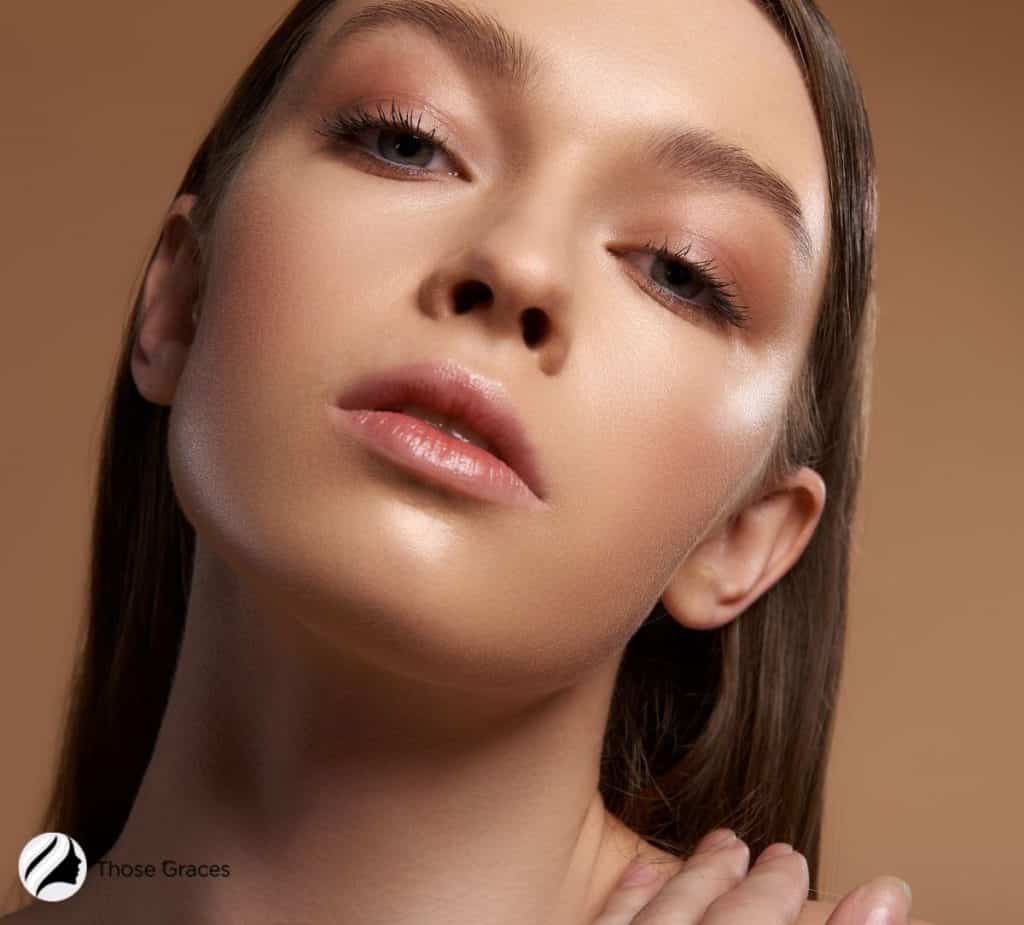
Complexion- Complexion is your apparent skin color. This is the color of your skin that is visible. It could change, if you sunbathe, spray fake tan, apply too much sunscreen or use makeup.
Method 1: By Observation.
The straightforward but a bit difficult method of determining your skin tone is by observation.
There are a few ways of doing it, as generally your arms, legs, face, and neck are bound to have different complexion due to suntan.
Sometimes if you have been to the beach or a pool party, chances are you would have a tanned back, torso, and legs.
If you’re a woman, the color of your breast is your skin tone. Men really need to de-tan if they want to know their exact skin tone just by observation.
Try to observe your skin tone in natural light, rather than under a bulb or torch.
The biggest flaw of this method is that your body may have a different skin color of different parts.
You could refer to your childhood pictures. Nevertheless, I do not consider this method reliable.
Method 2: By Using the Fitzpatrick Skin Type Scale.
This is one of the most accurate methods to find your skin tone. This method basically includes a simple test containing 10 questions. [2]
Be honest while answering the questions, as the accuracy of this test depends solely on your answers.
The Fitzpatrick Skin Type Scale is a complexion scale that ranges from type 1 to type 6. It comprises six different skin types.
A score of 25-30 indicates type 4 skin tone, which is the native American one.
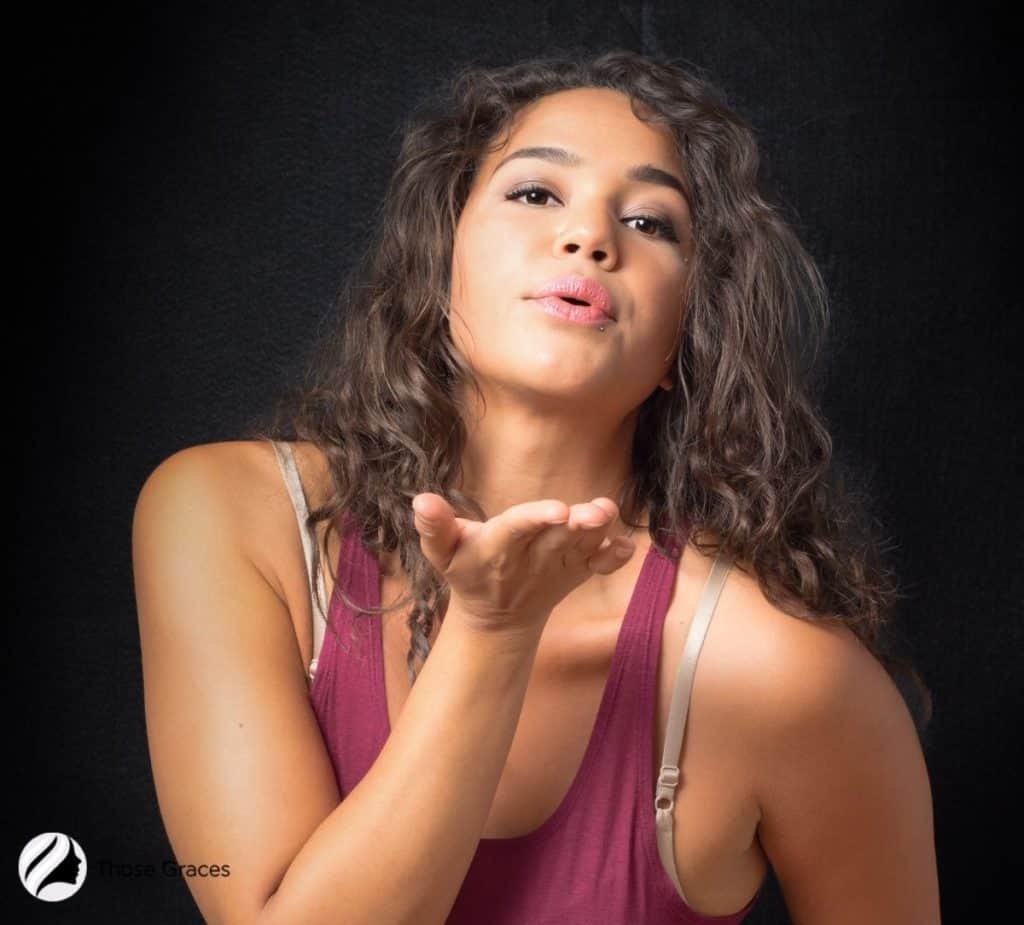
Method 3: Color of your Veins.
Yes! It’s pretty easy to determine your natural skin tone by the color of your veins.
If you are super tanned or don’t have the time to take a Fitzpatrick Skin Test, just look at the veins in your body. Pick a big vein that is easily visible through your translucent skin.
If it is blue or purple, you have a cool skin tone. People with darker skin tones generally fall in this category.
If you have green veins, you have a warm skin tone. That means your skin falls in the pale color scheme.
Can’t pinpoint the exact color of your veins? Then you have a neutral skin tone. Most people with olive skin have a neutral skin tone.
However, people with Native American skin tone can be divided into neural and cool skin tones.
This technique has worked well with most of the people I know, so give it a try. It is simple and you can do it anywhere and anytime.
It is best to select a vein on your forearm or thigh for this skin tone detection method.
Benefits of a Native American Skin Tone
I think that every skin tone has its own perks and cons. However, I firmly believe that people with natural olive skin have far more benefits than any other skin tone. [3]
Here is the list of benefits that native American skin-toned people enjoy.
Natural Sun Protection
People with lighter skin pigmentation easily suffer from sunburns. However, dark-skinned persons and light brown-skinned people have more protection against the ultraviolet rays of the sun.
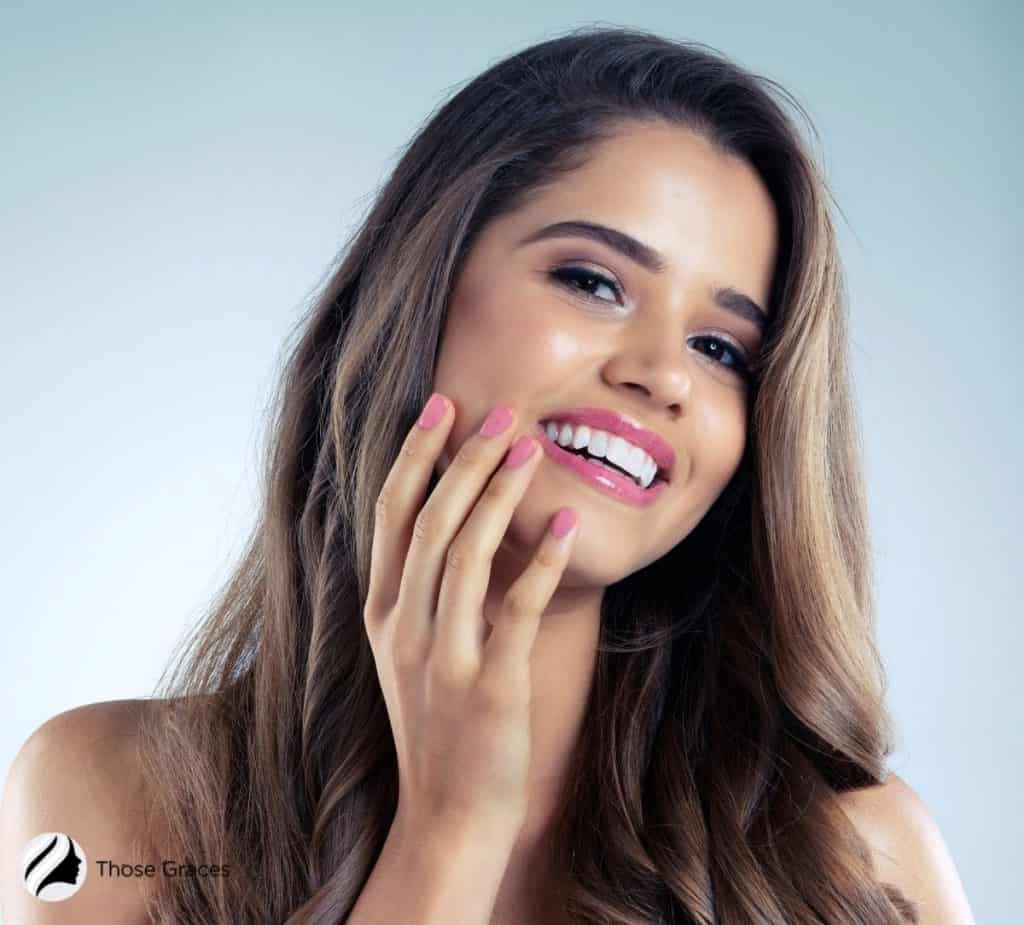
So, to say, the African, Latin American, and Asian populations generally do not suffer from sunburns.
Lower Rate of Skin Cancer
Skin cancer is a common type of cancer. Dark-skinned individuals have more melanin in their skin which results in dark skin color.
One of the main advantages of this skin pigment is that it prevents skin cancer. The more melanin your skin has, the lesser is the chance of you getting skin cancer.
However, it does not completely irradicate the possibility of a dark-skinned or brown-skinned individual having skin cancer. It just reduces the possibility.
Studies show that 2-4% of people with Asian ancestry are prone to skin cancer and 4-5% of Hispanic people get cancer in their lifetime. [4]
Skincare Tips for Native American Skin Tone
Just because this type of skin is less prone to sun damage and skin cancers, does not mean it needs no care.
People with native American skin tone face skin problems too. Some of them are listed below along with some tips for skincare and makeup products. [5]
Skin Problems of Native American skin tone.
Some of the common problems of people with American skin tone are:
- Pigmentation.
- Eczema.
- Acne.
- Keloids.
- Skin Cancer.
Basic Skincare Tips for Native American Skin tone.
These tips below will help you care for your Native American skin tone.
Use Sunscreen.
I cannot stress enough! Even though your skin is not easily burned. This does not mean you can avoid sunscreen. Sunscreen with SPF 15 and above is perfect for this skin type.
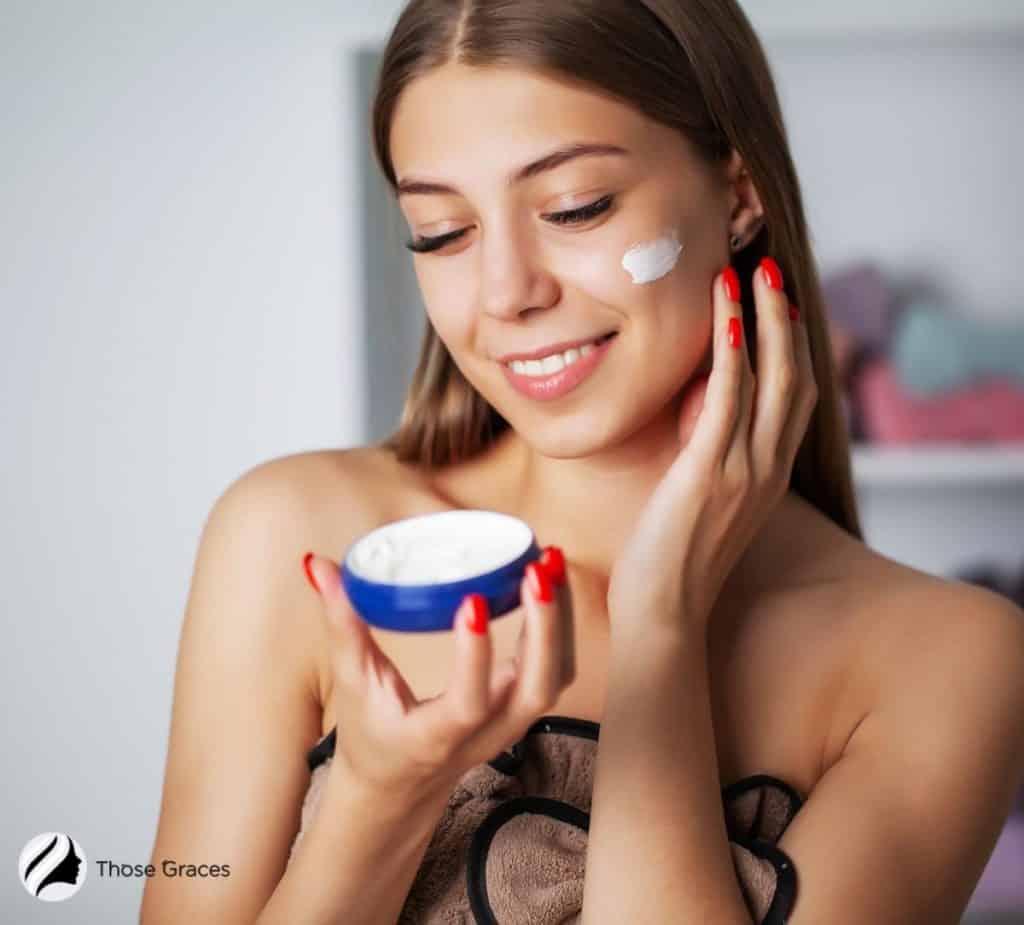
Your skin easily tans so sunscreen is needed. Plus, over-exposure to ultraviolet radiation is harmful to the skin. [6]
Wash Your Face Twice a Day.
To have acne-free spotless skin wash it at least twice. This tip is true for all skin types. Use a mild face wash whatever suits your skin to clean it from time to time.
The accumulated gunk can cause pimples, black, and whiteheads. It is best to wash your face once in the morning and at night before bed for glowing smooth skin.
Moisturize.
Every skin type needs deep moisturization. Try to moisturize twice a day once in the morning and once at night. But if you are unable to moisturize in the morning do not forget to moisturize at night.
Moisturization hydrates your skin, prevents dryness, and has many general benefits.
Make-up Tips for Native American Skin Tone (Products to Use and Avoid)
Now that we have identified your skin tone, here are some tips on how you can pick your makeup products.
Foundation.
Choose the one that disappears in your skin. A foundation with a slight yellow or orange base suits the native skin tone better.
Apply the foundation on your face and neck and not your arm for testing.
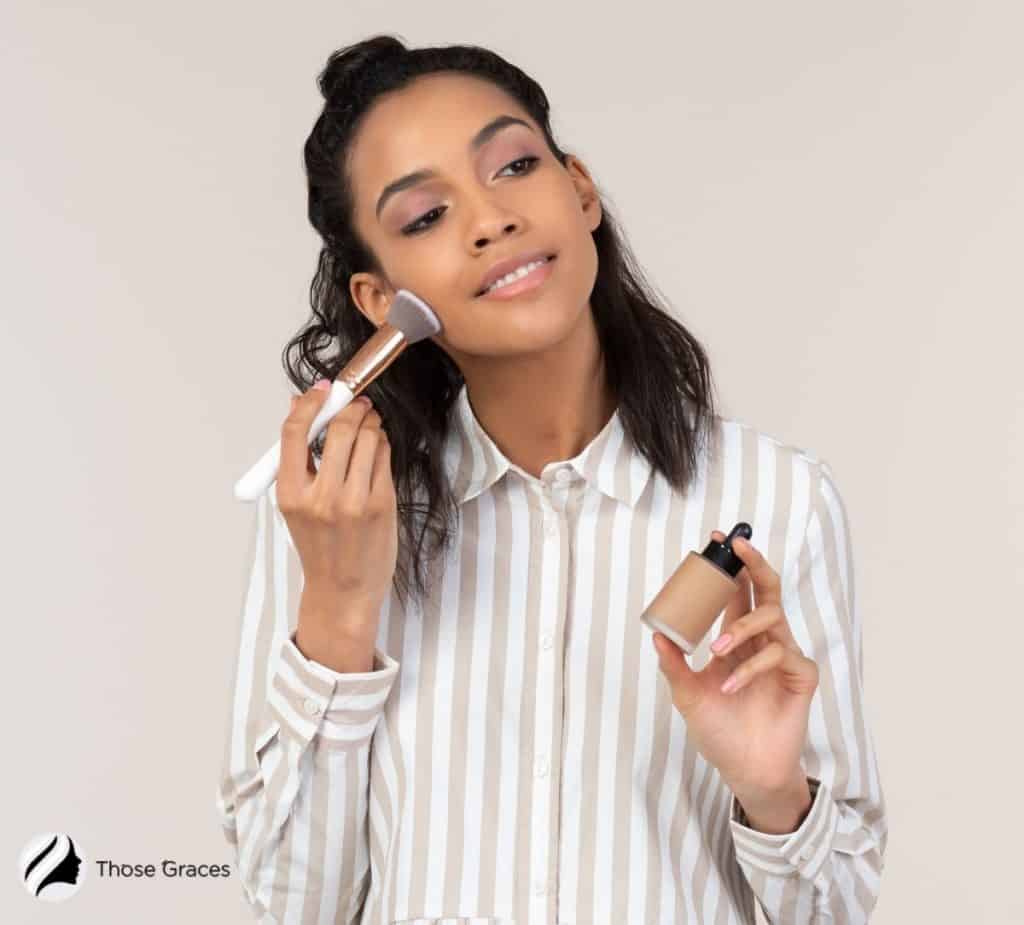
Concealer.
The job of a perfect concealer is to blend in your skin without being blotchy. Apply the concealer on your forehead and the sides of your face, where most people have pigmentation. Pick the one which blends!
An orange liquid concealer does the trick for most people with native American and olive skin tone.
Blush.
Dark coral hues are best for dusky and caramel skin tones. Do not go for colors like dusty rose pink, pearly pinks, and peach hues, as they are suitable for light skin types.
Also, this skin tone does not need bronzers so keep them to the minimum in your makeup.
Lipstick.
Nude does the trick for most Native American skin types. However, there are plenty of options in the nude category itself, so purchase the one which is two shades darker than your skin tone.
Think twice before using a lighter lipstick as it may not have the desired effect.
Celebrities With Native American Skin
Below is the list of celebrities with native American skin tones.
- Russell Charles Means.
- Martin Sensmeier.
- Ashley Callingbull-Burnham.
- Kawennáhere Devery Jacobs.
- Priyanka Chopra.
- Wes Studi.
All these famous Personalities have a beautiful native American skin tone. Native or not many people across the globe have this skin tone.
FAQs
What is skin undertone?
Is skin cancer common in Native American Skin type?
Conclusion.
I hope my fascination for the native American skin tone has taught you a lot about this skin type.
Let me know in the comment section, what is your favorite thing about this skin tone.
References
- 1. (2018) Native Americans. In: HISTORY. https://www.history.com/topics/native-american-history. Accessed 3 Dec 2021
- 2. https://www.facebook.com/verywell (2020) Fitzpatrick Classification Scale for the Right Amount of Sun Exposure. In: Verywell Health. https://www.verywellhealth.com/fitzpatrick-classification-scale-1069226. Accessed 3 Dec 2021
- 3. Burgess L (2020) Which Fitzpatrick skin type are you? In: Medicalnewstoday.com. https://www.medicalnewstoday.com/articles/320639#how-to-protect-each-type. Accessed 3 Dec 2021
- 4. (2020) Ask the Expert: Is There a Skin Cancer Crisis in People of Color? – The Skin Cancer Foundation. In: The Skin Cancer Foundation. https://www.skincancer.org/blog/ask-the-expert-is-there-a-skin-cancer-crisis-in-people-of-color/. Accessed 3 Dec 2021
- 5. Bouchez C (2007) Skin Conditions in Dark Skin. In: WebMD. https://www.webmd.com/skin-problems-and-treatments/skin-conditions-people-with-dark-skin. Accessed 3 Dec 2021
- 6. D’Orazio J, Jarrett S, Amaro-Ortiz A, Scott T (2013) UV Radiation and the Skin. International Journal of Molecular Sciences 14:12222–12248. https://doi.org/10.3390/ijms140612222
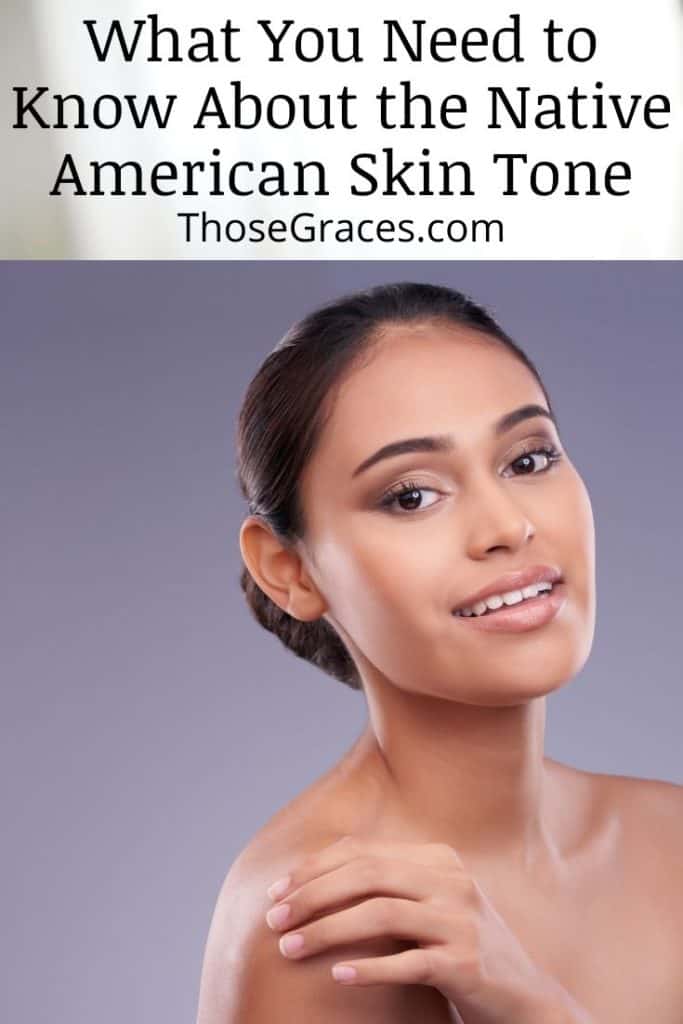
What do you love most about the Native American skin tone? Let us know in the comments below!
